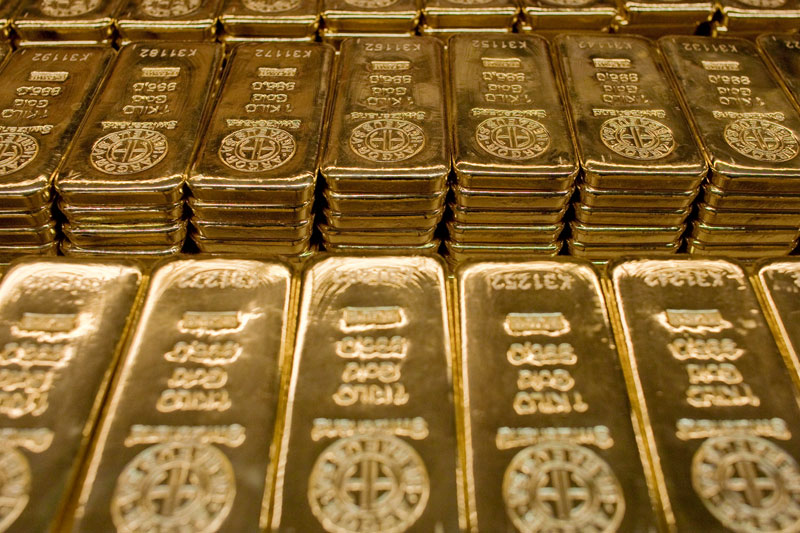Gold prices add to record high amid fiscal, tariff concerns
By Ambar Warrick
Investing.com -- Gold prices hovered around an eight-month high on Thursday as markets positioned for data that is widely expected to show a further easing in U.S. inflation, while copper prices stuck to a near seven-month high amid increased optimism over China.
U.S. consumer price index inflation data due later in the day is widely expected to show that inflation eased further in December from the prior month, necessitating less hawkish moves from the Federal Reserve after a rapid rise in interest rates through 2022.
This scenario is expected to be broadly positive for bullion prices, given that it signals less near-term pressure on non-yielding assets from high interest rates. Markets are betting that easing inflation will eventually push the Fed into pausing its current rate hike cycle.
Spot gold was steady around $1,876.41 an ounce, while gold futures were muted at $1,879.50 an ounce by 19:06 ET (00:06 GMT). Both instruments were trading at an eight-month high, after logging a strong start to the year.
Bullion prices also benefited from increased safe haven demand, as fears of a recession and bets that the dollar had peaked saw traders seeking gold.
But while the yellow metal has recovered sharply from lows hit in 2022, it is still facing an environment where U.S. interest rates are at their highest level since the 2008 financial crisis. This, coupled with uncertainty over where U.S. interest rates will peak, is expected to limit bigger gains in gold in the near-term.
While inflation is expected to have eased in December, it is still well above the Fed’s annual target. This has also elicited warnings from Fed members that interest rates could remain higher for longer, keeping metal markets under pressure.
Among industrial metals, copper prices inched lower on Thursday, but hovered just below their strongest level since mid-June. The red metal is up nearly 10% so far this year amid increased optimism over an economic reopening in major importer China.
Copper futures fell 0.1% to $4.1730 a pound in early Asian trade. The metal is also expected to benefit from tighter supplies in the near-term, amid increased disruptions in world no. 2 copper producer Peru, as the country faces politically motivated violence.
China, the world's largest copper importer, reopened its borders for the first time in three years this week. But the country's near-term economic outlook remains clouded by an unprecedented spike in COVID-19 cases.
